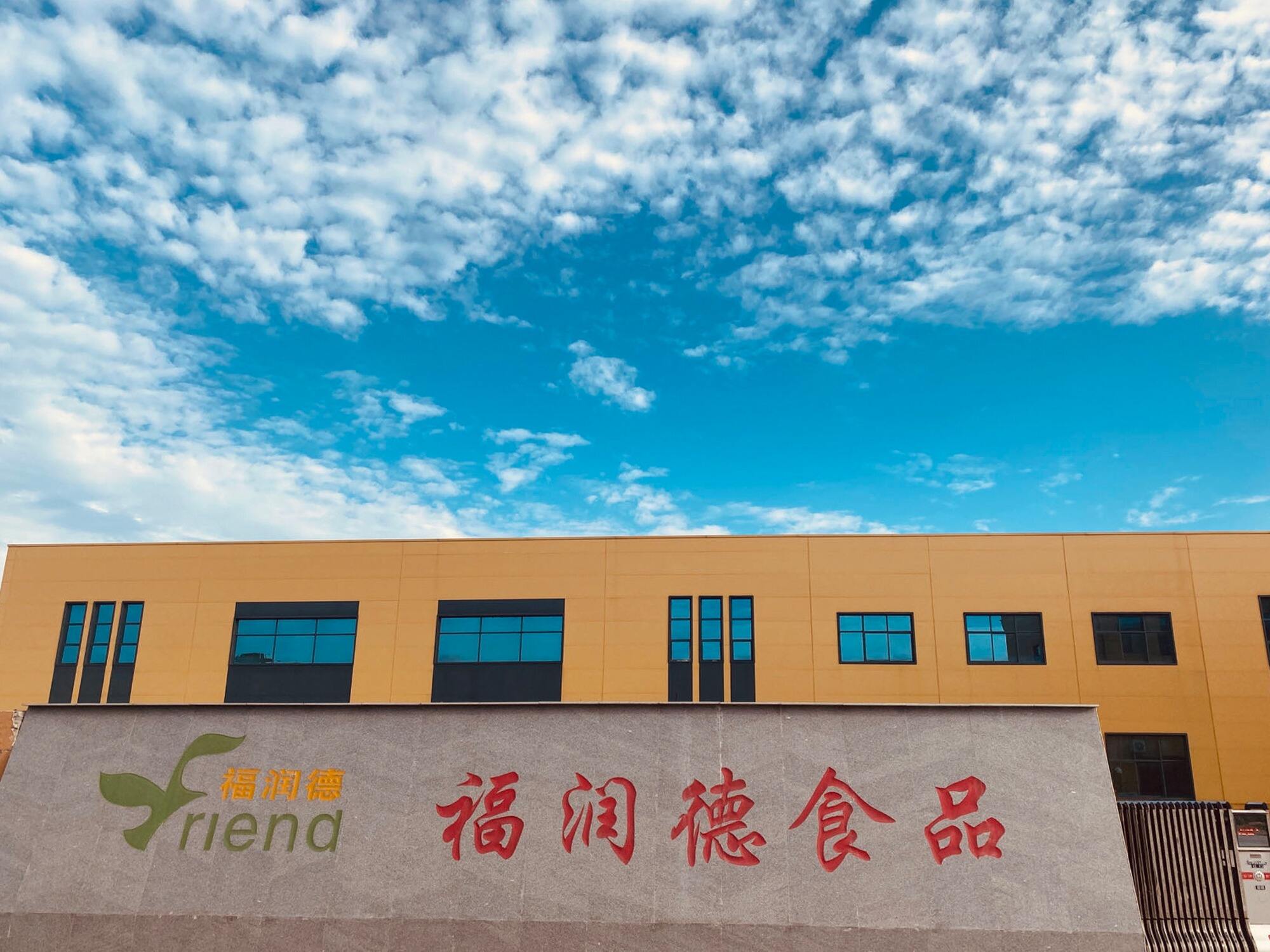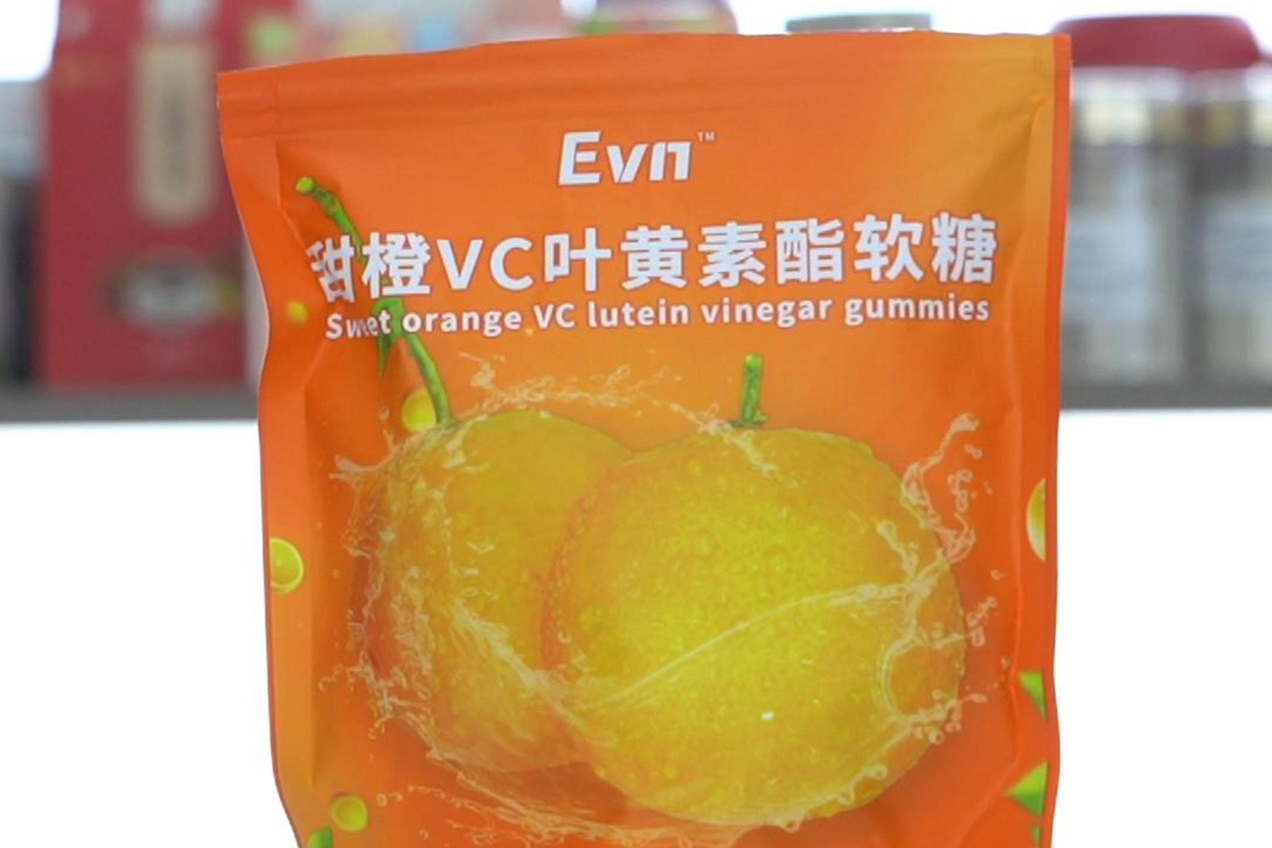
Приготовьтесь испытать сладкое ощущение, не похожее ни на что другое, с лучшими жевательными конфетами от Friend Food. Сделанные с заботой и вниманием к деталям, наши жевательные конфеты обязательно порадуют ваши вкусовые рецепторы и оставят вас в ожидании большего.
В Friend Food мы увлечены созданием жевательных конфет, которые не только потрясающе вкусные, но и заставляют вас чувствовать себя хорошо. Вот почему наши жевательные конфеты сделаны из настоящего фруктового сока и натуральных ароматизаторов, что придает им свежий и яркий вкус, который вы не найдете нигде больше.
Наслаждайтесь неотразимыми вкусами наших жевательных конфет и побалуйте себя моментом чистого блаженства. Независимо от того, наслаждаетесь ли вы ими в одиночку или делитесь с друзьями и семьей, наши жевательные конфеты обязательно вызовут у вас улыбку.
Так почему бы и не попробовать? Испытайте сладкое ощущение наших лучших жевательных конфет и узнайте, почему Friend Food является выбором номер один для вкусных угощений. С каждым укусом вы почувствуете разницу, которую делает качество.

Жевательные конфеты Friend Food могут принести радость и восторг на любое мероприятие. Эти жевательные сладости доступны в широком ассортименте ярких цветов и забавных дизайнов, которые обязательно развлекут как детей, так и взрослых. Независимо от того, нужны ли они вам для вечеринок или праздников, или вы просто хотите добавить немного цвета в свой день; они идеальны в любое время и в любом месте. Их можно повторно запечатать после открытия, что обеспечивает свежесть до употребления, что позволяет наслаждаться этими конфетами, когда вам захочется. Мы надеемся, что вы будете отмечать каждый день с этой восхитительной, привлекающей внимание сладостью!

"Friend Food" с радостью представляет наше последнее творение в области здоровых закусок "Candy Sweets Gummies". Наши производители кондитерских изделий мирового класса произвели вкусные жевательные конфеты, которые также богаты витаминами и минералами. Каждый кусок содержит различные витамины и минералы, которые смешиваются вместе, так что его употребление приближает вас к хорошему здоровью. Кроме того, мы не используем искусственные красители или консерванты при изготовлении этого продукта, что означает, что все, кто заботится о своем благополучии, могут наслаждаться им, не чувствуя себя виноватыми ни в чем. Попробуйте эти яркие цветные жевательные, где вкус встречается с благополучием!

Друзья Еда — это всё о расширении границ вкуса. Мы демонстрируем это в наших Жевательных Сладостях, которые имеют беспрецедентные вкусы, захватывающие и интересные для вашего вкусового восприятия. Каждая жевательная конфета — это гастрономическое приключение с нами. Мы всегда стараемся предлагать новые и вкусные жевательные конфеты, экспериментируя с различными вкусами в соответствии с нашими профессиональными ароматизаторами.

Конфеты Candy Sweets Gummy от Friend Food созданы для людей, которые всегда в движении. Эти жевательные мишки могут дать вам заряд энергии без последующего упадка сил. Наши жевательные конфеты используют простые и сложные углеводы, чтобы ваши уровни энергии оставались высокими на протяжении всего дня. Эти закуски также удобно упакованы, чтобы поместиться в любую спортивную сумку, рюкзак или карман. Независимо от того, идете ли вы в спортзал, гуляете в парке или просто нуждаетесь в бодрости, наши Candy Sweet Gummy идеально подойдут для сопровождения вас в активной жизни.

Wuzhi Friend Food Technology Co., Ltd., расположенная в округе Wuzhi, город Цзяозуо, где находится четыре больших региона производства лекарств от хуай. Завод занимает площадь в общей сложности 13 000 квадратных метров. Первый этап строительства завершен на площади 8 000 квадратных метров. Общая
На заводе полно группы экспертов и профессоров из 6 докторов, более 30 аспирантов, более 50 бакалавров по специальностям питания, химии и медицины.
Используя преимущества производственной площади и сочетание производства и исследований с академическими учреждениями Чжэнчжоу, наша фабрика в основном фокусируется на исследовании и производстве здоровых продуктов питания и сырья. Основные категории: твердые напитки (коричневый сахар, имбирный чай,
Мы профессиональный производитель OEM и ODM для вышеуказанных продуктов. Мы можем сделать формулы в соответствии с вашими запросами ингредиентов. Пакет может быть настроен таким же образом.
В Friend Food мы гордимся обширным опытом в исследовании, разработке и производстве продуктов здорового питания. Имея многолетний опыт работы в отрасли, мы понимаем важность качественных ингредиентов и инновационных формул для удовлетворения меняющихся потребностей наших клиентов.
Качество и безопасность — наши главные приоритеты в Friend Food. Мы придерживаемся строгих мер контроля качества на протяжении всего процесса производства, гарантируя, что наша продукция соответствует самым высоким стандартам совершенства. От поиска премиальных ингредиентов до строгих процедур тестирования мы гарантируем целостность и чистоту каждого производимого нами продукта.
Ассортимент нашей продукции в Friend Food разнообразен и всеобъемлющ, удовлетворяя различные диетические предпочтения и цели в области здоровья. Если вы ищете питательные добавки, травяные чаи или полезные закуски, у нас есть что-то для каждого. Благодаря нашему широкому выбору продуктов клиенты могут легко найти варианты, соответствующие их предпочтениям и образу жизни.
В Friend Food мы ставим потребности и удовлетворение наших клиентов превыше всего. Мы стремимся предоставлять исключительный сервис и поддержку на каждом этапе процесса покупки. От запросов на продукцию до послепродажной помощи наша дружелюбная и знающая команда здесь, чтобы гарантировать нашим клиентам бесперебойный и приятный опыт.

16
Apr
16
Apr
16
AprНаши конфеты из натуральных ингредиентов, таких как фруктовые соки и растительные экстракты, обеспечивают здоровое и вкусное удовольствие.
Нет, мы не используем искусственные цвета или ароматы в наших конфетах.
Да, наши конфеты с гумовым конфетом подходят как для вегетарианцев, так и для веганов, поскольку они не содержат ингредиентов животного происхождения.
Да, мы предлагаем опции оптовых покупок для наших сладостей, идеально подходят для запасов на вечеринках, мероприятиях или для перепродажи в розничных магазинах.
Да, наши сладкие конфеты с гумовым соком бывают различных вкусов, включая клубнику, апельсин, лимон и виноград, что дает всем вкус.
